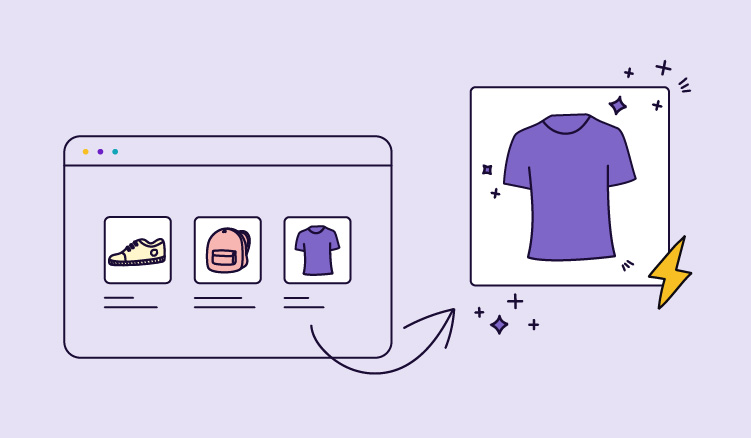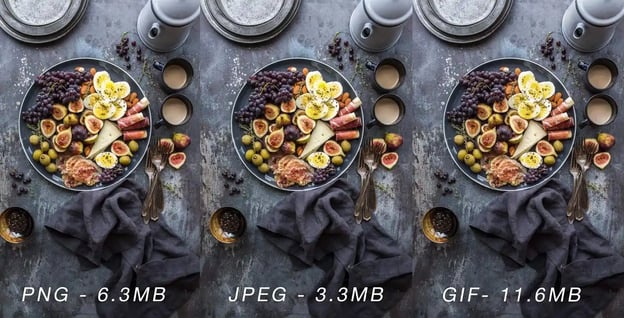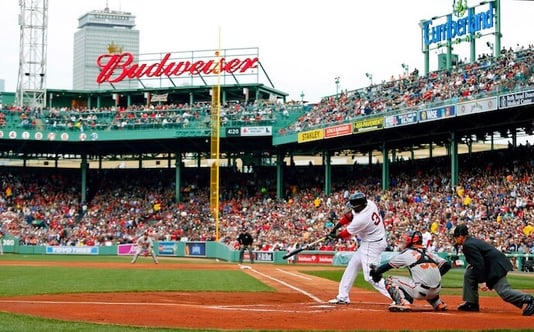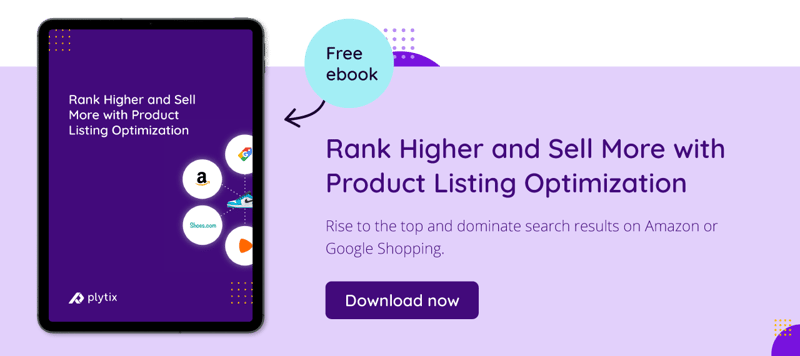Step-By-Step Guide On How To Optimize Product Images For Beginners

Keep the good stuff coming
Subscribe to our blog newsletter and get monthly content that helps you manage product data smarter.
No spam. Just real value.
Product images are a valuable component of product information as they help shoppers visually understand the product they’re hoping to buy.
Studies show that 75% of customers say images influence their buying decisions. So, the role they play can be super beneficial to your business. But to gain this kind of positive result, you can’t just add any images and call it a day. You need to optimize them to ensure better quality, improved SEO, and faster page loading speed, which leads to a better browsing experience.
And while depending on where you put your photos, there will be different practices for optimizing images, this article will cover optimizing product images for your website to rank well on Google. So, of course, if you want to rank on different marketplaces there are other steps to take into consideration.
Now, keep reading this article for actionable steps on optimizing images for the web and reap the benefits listed above.
1. Take high-quality images
Before you start optimizing your existing product images, you need to take a hard look at all your product photos and assess if they’re high-quality. If they’re not, you’ll want to start with getting the product photography right.
High-quality product images are exactly what customers, search engines, and listing algorithms are looking for. If you follow standard requirements such as taking the images on a white background and including three to four different angles, you’re already a step ahead.
One of Google image SEO best practices is to have unique, high-quality images that give context to the topic on the page. When you add long, medium, and close-up shots, you help customers visualize your product better. That’s the foundation of image optimization, and if you get that right, the rest will be easy.
2. Resize your images
While high-quality images are essential, they can also slow down a website. This could frustrate a customer and lead to them leaving your webshop without buying anything, as 50% of consumers won’t wait for three seconds for an ecommerce site to load. So, make sure you resize all your images with tools like Pixlr, Canva, PicMonkey, and Image Resizer using the guidelines set by the ecommerce platform you’re selling from.
If your sales channel doesn't have guidelines around how to resize your images, as a rule of thumb, the best image sizes for ecommerce product images are 640 x 640 pixels or 800 x 800 pixels.
3. Use the correct image format
The most popular image formats are PNG, JPEG, and GIF. But it’s important to know what the benefits are for each format and when it’s best to use that size. For example:
- PNG files are preferred because they support a range of colors and they support transparent backgrounds. However, they are typically large files.
- JPEG is the most common format for digital images as they also support a range of colors. Its compression settings allow you to have smaller file sizes while maintaining good-quality images.
- GIF files are typically lower in quality and file size. They are ideal for small icons and thumbnails because of this and because they support animation.

To compress your images, you can use tools like Pixlr, Affinity Photo, and FileOptimizer.
4. Rename your image files
Your image file names can help you rank higher in Google image searches and other search engines, and product listings. So, make sure you name your image files with relevant and descriptive keywords.
Pro tip: Search engines don’t recognize underscores, so separate your keywords using hyphens.
For example, if there’s an image of a hair dryer, your file name would be “Dyson-supersonic-hairdryer.jpg”. It’s clear, descriptive, and straight to the point, which is what you need. If you’re struggling to think of a file name, simply look at your website analytics to find which keywords or phrases your customers are using and see how you can apply them.
5. Use alt text
For your image content to be indexed by search engines, you need to use alt text. Alt text (or what is also known as alt tag and alt description) is the written copy that shows when you hover over an image or when an image fails to load. Alt text helps search engines describe better crawl and rank your website but it also helps screen-reading tools describe images to visually impaired readers. According to HubSpot, some best alt text practices include:
- Be specific when describing the image
- Add context that relates to the topic of the page
- Keep your alt text fewer than 125 characters
- Use your keywords, but sparingly
- Don't start alt text with "picture of..." or "image of…
- Review spelling errors
Here’s an example of a good and bad alt tag below.



6. Create a file structure
One of Google’s Image Guidelines is that you need to have a file structure that has a URL path and filenames as it’s one of their ranking factors. Google uses the URL path and filenames to understand your images. So, make sure you organize your image content so that the URLs are constructed logically.
Here are some tips for a good URL structure according to Google:
- Use simple, descriptive words in the URL
- Localize words where necessary
- Make use of hyphens
- Avoid underscores or joining keywords
Here’s additional information about Google’s general data guidelines to help you learn more about structuring your pages.
7. Use a site map
A site map is a file where you list your web pages so that when Google and other search engines crawl your website they notice every image whether it’s an infographic, photo, or video thumbnail. This can help you rank higher on SERPs and can help improve your SEO. According to Google, if:
- You have a large site
- Your site has a large archive of content pages that are isolated or not well-linked to each other
- Your site is new and has few external links to it
- Your site has a lot of rich media content (video, images, animations) or is shown in Google News
… you can benefit from a site map. While this might seem trivial, making sure that Google and other search engines can crawl and properly rank your images is just as important as all of the other aspects of image optimization we've mentioned earlier. If search engines can't find your photo, then it doesn't matter how much you optimize the photo, your image won't rank in the search results.
Final thoughts
Image optimization is a crucial part of search engine optimization and product listing optimization. All the images you use need to be optimized to ensure you help your website rank well and improve your website.
If you’re looking for more information about image optimization, read our article about 5 Product Image Optimization Elements You Should Care About or download our free eBook to learn more about how to optimize your product listings for popular sales channels like Amazon, Google, Walmart, and more.

What if your product data actually worked for you?
We’ll show you how Plytix helps you stop fixing data—and start using it.
Related posts
Keep the good stuff coming
Subscribe to our blog newsletter and get monthly content that helps you manage product data smarter.
No spam. Just real value.






Think others should see this?
Go ahead and share it.